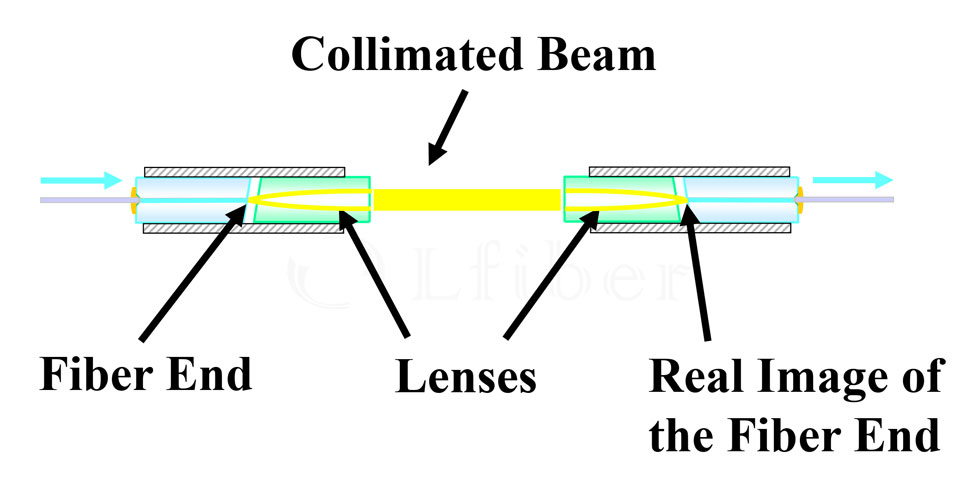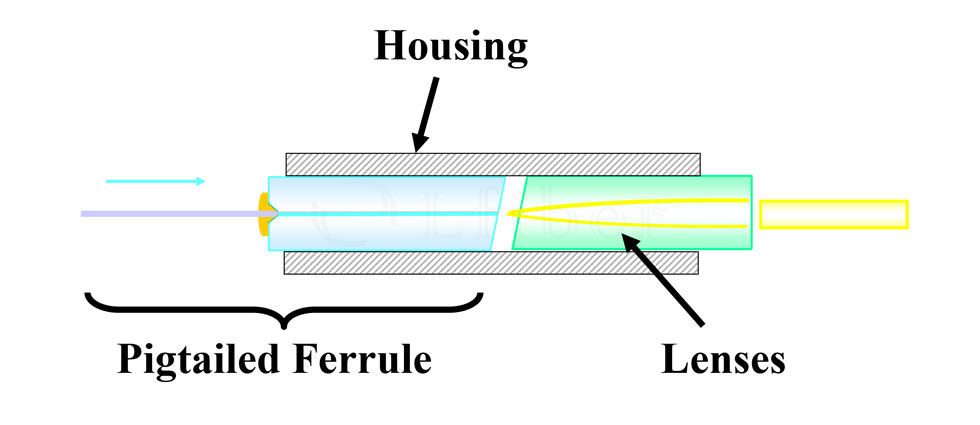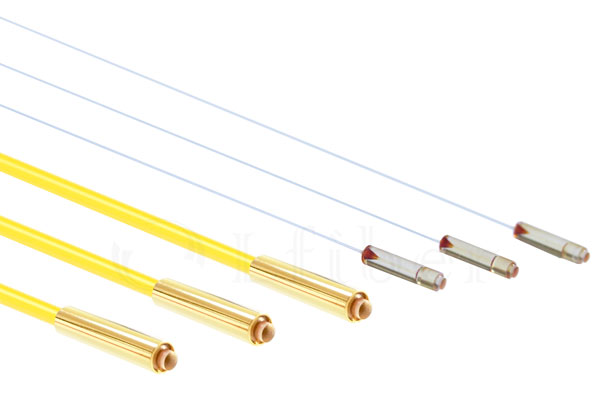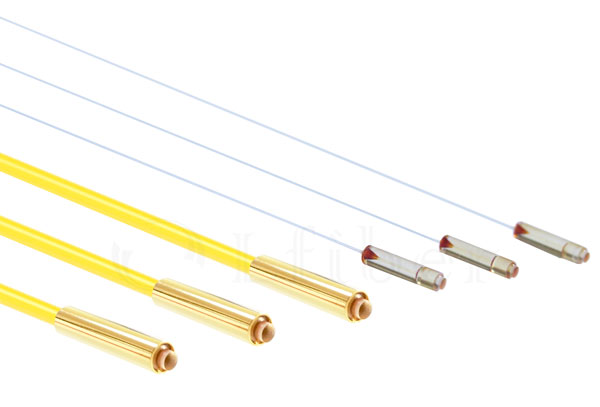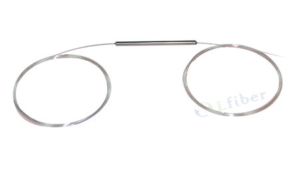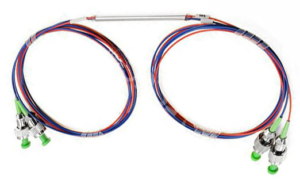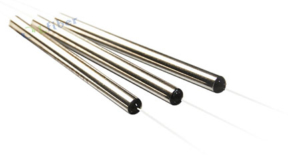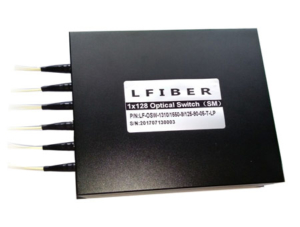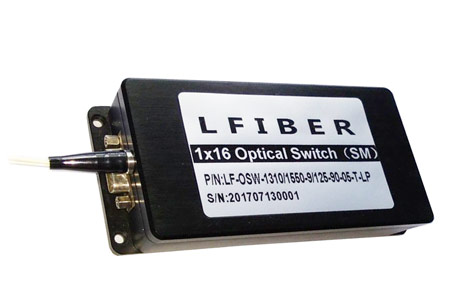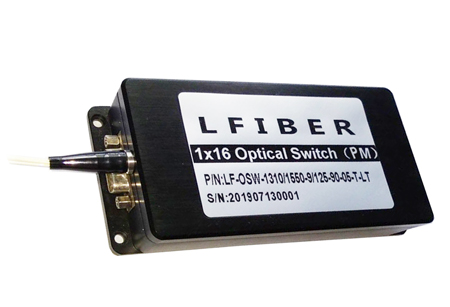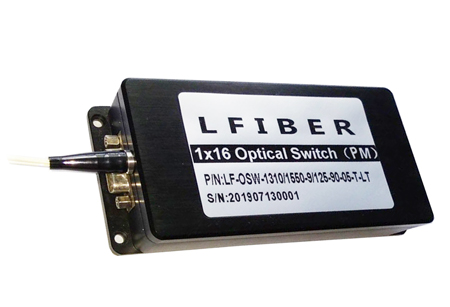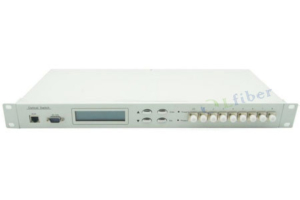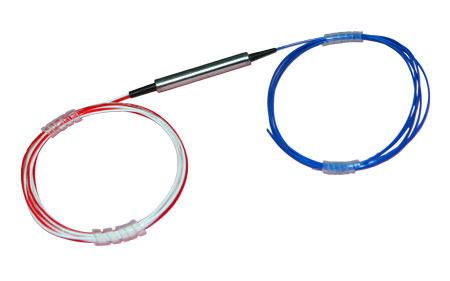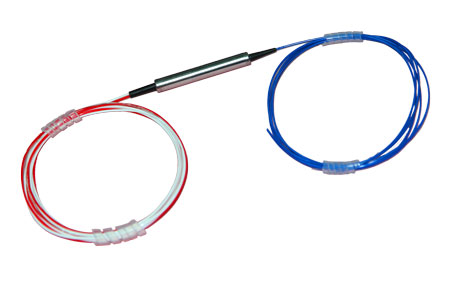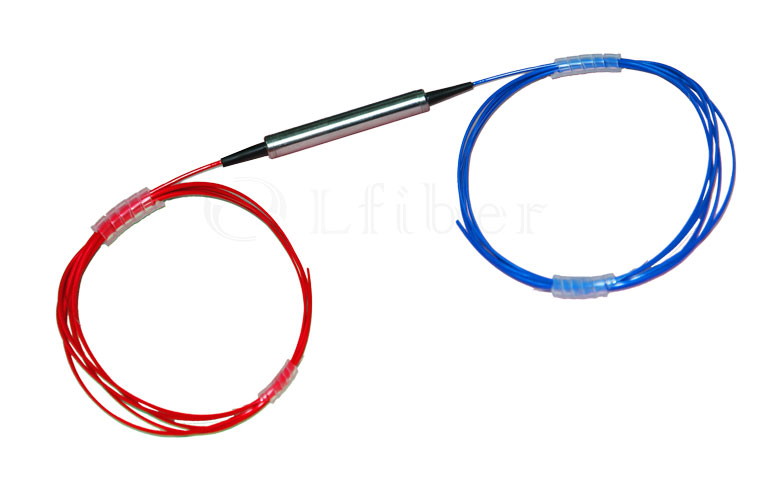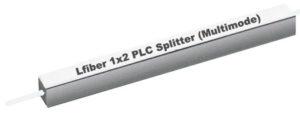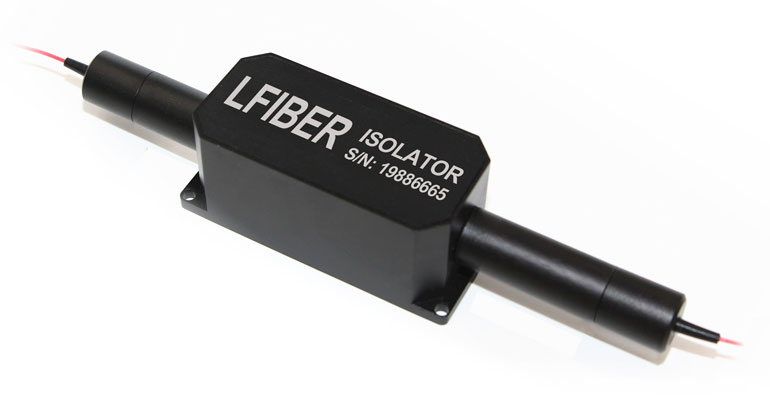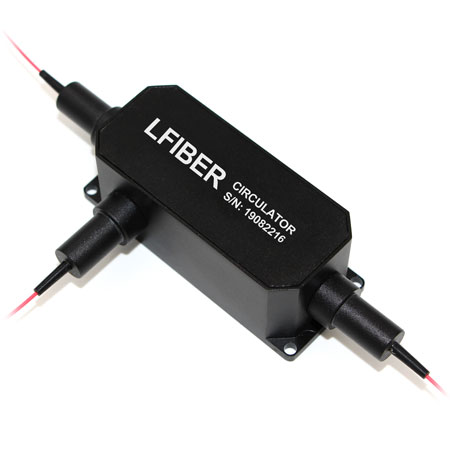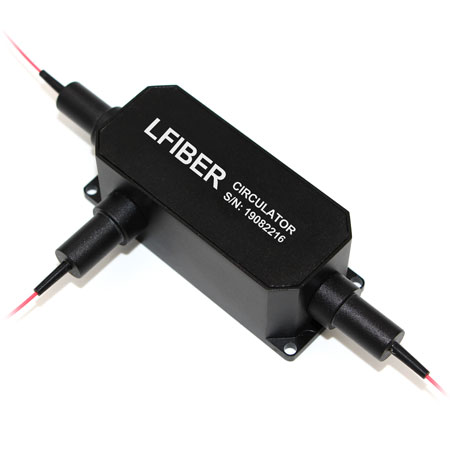Single-Mode Fiber Collimator
FEATURES OF FIBER OPTICAL COLLIMATOR
- Low Insertion Loss
- High Return Loss
- No Epoxy In the Optical Path
- GR-1221-Core Compliant
APPLICATIONS OF FIBER COLLIMATOR
- Fiber-Optic Collimation and Focusing
- Essential Elements for Fiber Micro-Optic Devices
- Optical Communications Systems
- Other PM Fiber Optical Applications
Specifications of Single-Mode Fiber Collimator
Center Wavelength(nm) 450, 460 630, 632, 650 780 850 980 1064 1310, 1550 2000
Operating Wavelength Range (nm) ±20 ±20 ±20 ±20 ±20 ±30 ±50 ±30
Insertion Loss (dB) ≤1.0 ≤0.8 ≤0.4 ≤0.35 ≤0.3 ≤0.3 ≤0.25 ≤0.5
Working Distance (mm) 5, 10, 20; Others upon request
Fiber Type Single-mode fibers
Return Loss (dB) ≥55 (UPC), ≥60 (APC)
Operating Temperature (°C) -5 to +70; Others upon request
Storage Temperature (°C) -40 to +85
Package Dimensions (mm) Φ3.20*L10 (metal housing, Φ1.8mm lens)
Φ2.78*L9 (glass housing, Φ1.8mm lens)
Φ1.80*L7 (metal housing, Φ1.0mm lens)
Φ1.40*L7 (glass housing, Φ1.0mm lens)
Notes:
- For a fiber collimator with connector, IL is 0.3 dB higher, RL is 5.0 dB lower.
- Insertion loss is measured through a fiber collimator pair.
- Please specify the operating wavelength, working distance, housing type (package dimensions), fiber length, connector type, etc. in the orders. (See the ordering information section.)
- This fiber optical collimator is customizable, and the above specifications are subject to change without notice.
Package Dimensions of the Single-Mode Fiber Collimator
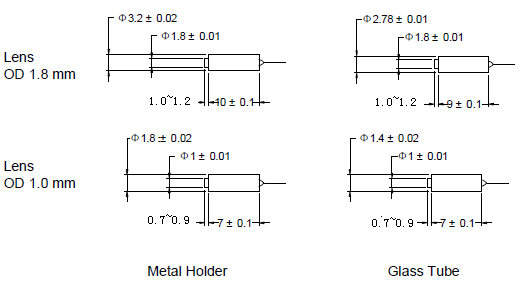
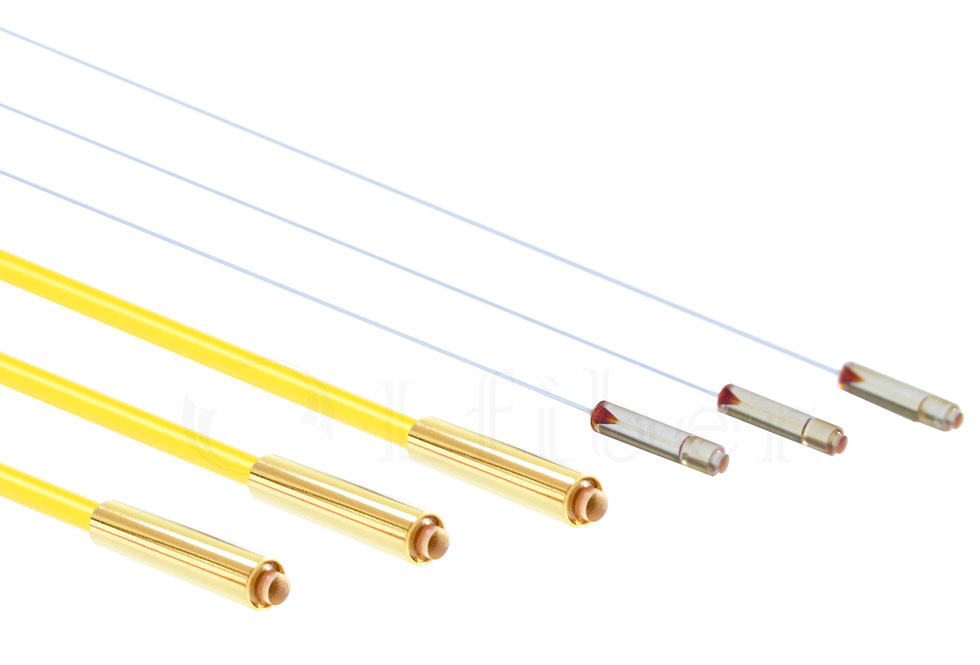
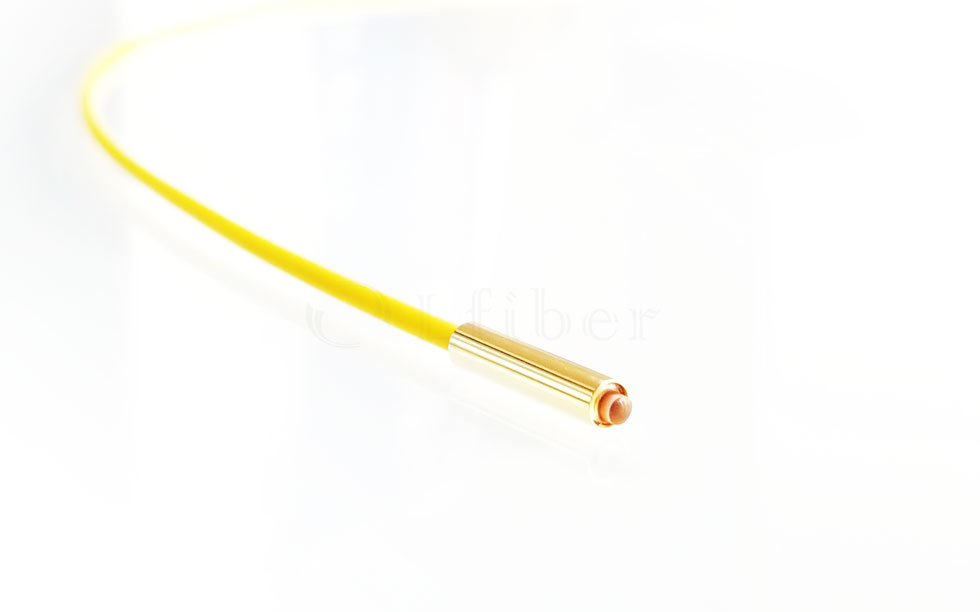
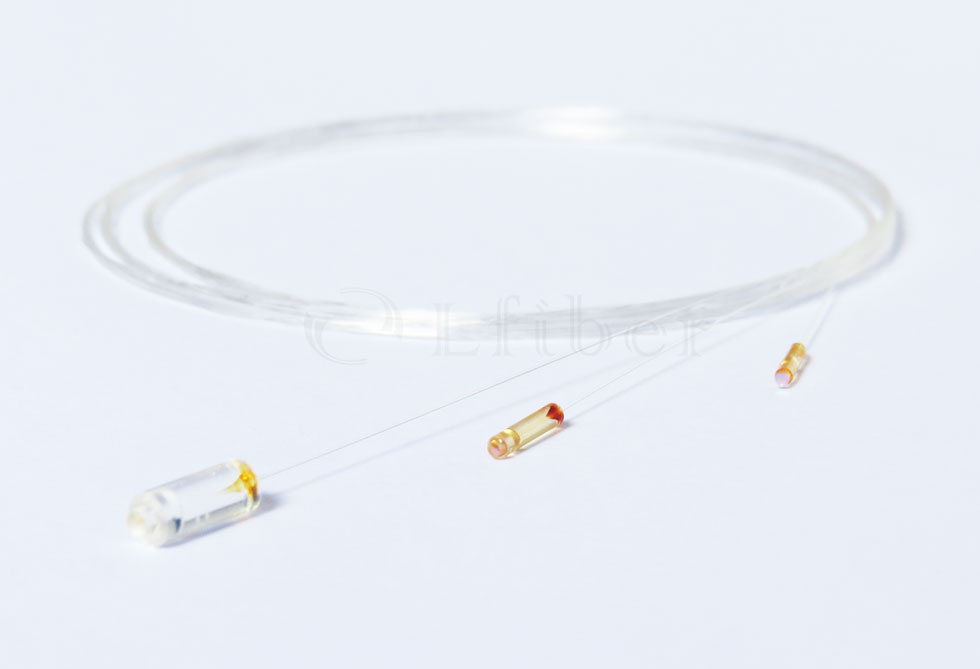
Ordering Information for Single-Mode Fiber Collimator
Wavelength Working Distance Package Dimensions Fiber Pigtail Fiber Length Connector
450 nm 5 mm Φ3.20*L10 mm (metal) Φ250μm bare fiber
(without jacket)0.5 m None
460 nm 10 mm Φ2.78*L9 mm (glass) Φ900μm loose tube 0.8 m FC/UPC
630 nm 20 mm Φ1.80*L7 mm (metal) Φ2.0mm cable 1.0 m FC/APC
632 nm Others Φ1.40*L7 mm (glass) 1.5 m SC/UPC
650 nm 2.0 m SC/APC
780 nm Others LC/UPC
850 nm LC/APC
980 nm Others
1064 nm
1310 nm
1550 nm
2000 nm
